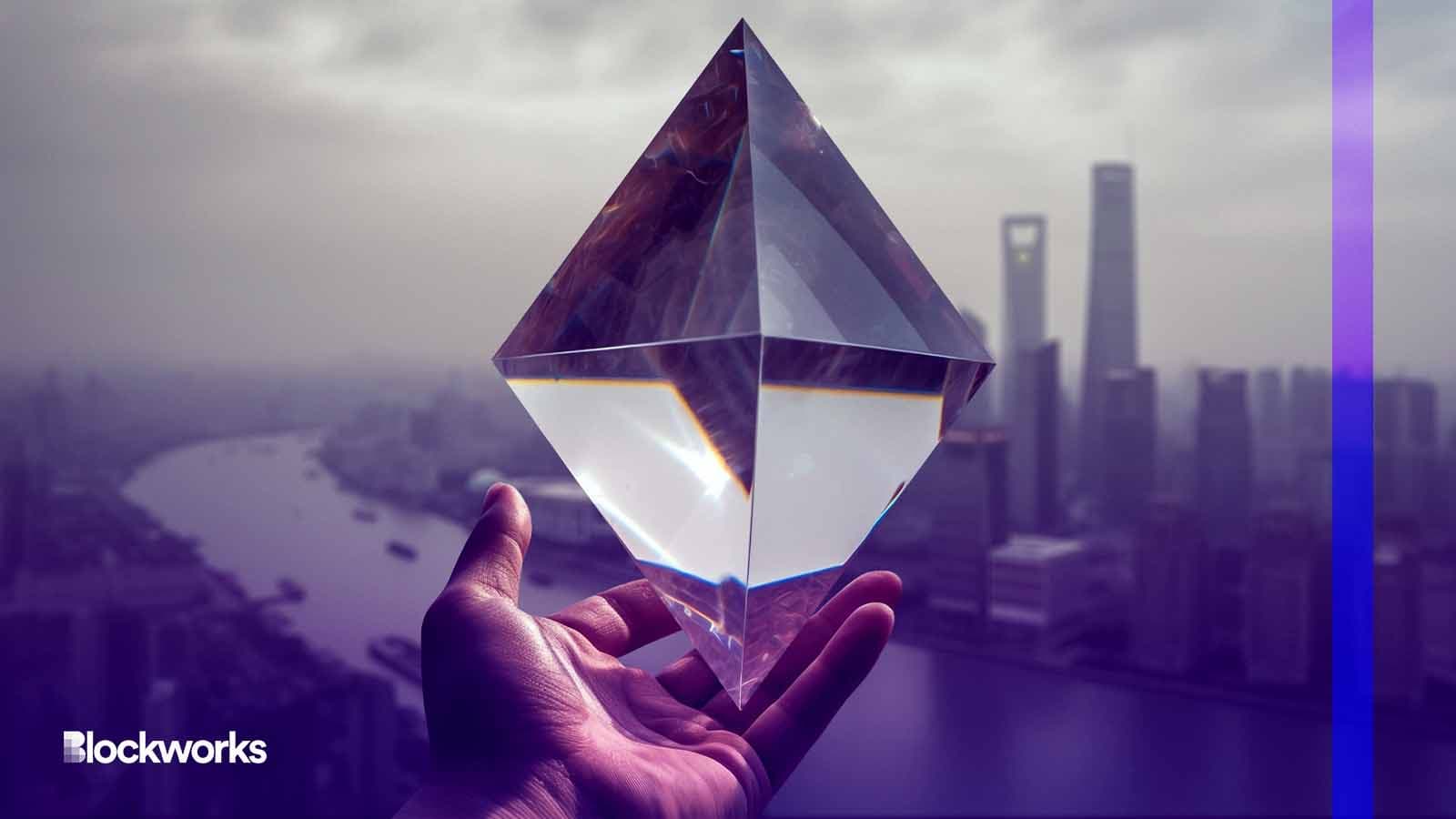Account abstraction serving up Web2 convenience to Web3 users: Blocknative’s Cutler
Account abstraction allows the blockchain to “meet users where they already are”

Maurice NORBERT/Shutterstock modified by Blockworks
Without a hint of hyperbole, Blocknative CEO Matt Cutler says that account abstraction is “probably the biggest upgrade to the user experience on Ethereum as anything in the history of the network.”
It’s a difficult concept to fully grasp, Cutler admits. “It took a while for everybody to wrap their minds around it. I was super confused by it. I was reading the papers, and I couldn’t figure out what the hell was going on.”
On the Empire podcast (Spotify/Apple), Cutler explains a mental model for ERC-4337 account abstraction. Instead of changing already-existing infrastructure, “account abstraction introduces a new layer on top of everything else,” he says.
Read more: Ethereum’s ERC-4337 account abstraction smart contract is live
With today’s Ethereum wallets, users sign transactions that are sent to the public mempool, Cutler says. Smart contract wallets based on the new 4337 standard add a “whole layer on top of that,” he says, where users express “intent” instead.
“These intents are programmable,” Cutler says. “Transactions on Ethereum today are these very fixed things, these very fixed rules that have certain characteristics or properties.”
Account abstraction allows for more flexible bundling of transactions according to user intent, Cutler explains. One advantage Cutler mentions is the ability to “abstract away” gas prices. “You could have your gas price paid in USDC or any ERC-20 — or even off-chain assets like a credit card or even credit card points or miles.”
This advancement “opens things up,” Cutler says, “for new types of transactions to happen” with bundlers. The bundlers are a “new class of builders,” Cutler says, that can take multiple user intents and “wrap them up, supply the gas and sign the transaction and submit to the network” via “alt-mempools.”
A Web2-like experience on Web3
Bundled user intents directed to alt-mempools allow wallets “to do much more powerful things on behalf of end users,” Cutler says. “You can provide Web2-like transaction experiences, but have it go on Web3.”
Cutler gives an example of an artist rewarding a superfan with exclusive experiences. The artist could just send the superfan an NFT, but this would require the recipient to be “crypto aware” and have a crypto wallet, Cutler explains.
An artist could instead work with a platform like Spotify, using credit card numbers to act as account abstraction wallets, he suggests. “You have a private key associated with your credit card wallet, and you can literally drop an NFT into a Visa card.”
When the superfan shows up for an event, Cutler says, the asset associated with their credit card’s abstracted account could give them access to a VIP area, for example.
“Suddenly these experiences get wide open,” Cutler says, “all enabled by Web3, but massively simpler for all members of the supply chain.”
Cutler suggests the blockchain industry needs to “meet users where they already are — like existing credit card holders,” for example.
“These things that you already have and know and use and are familiar with will get superpowers,” Cutler says, “because account abstraction allows users to become conversant and usable — and secure in this Web3 environment.”
Get the news in your inbox. Explore Blockworks newsletters:
- The Breakdown: Decoding crypto and the markets. Daily.
- 0xResearch: Alpha in your inbox. Think like an analyst.






